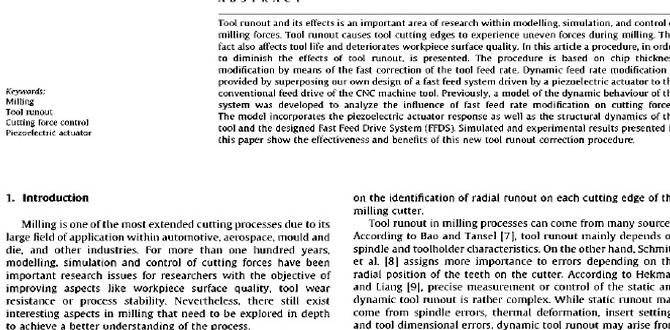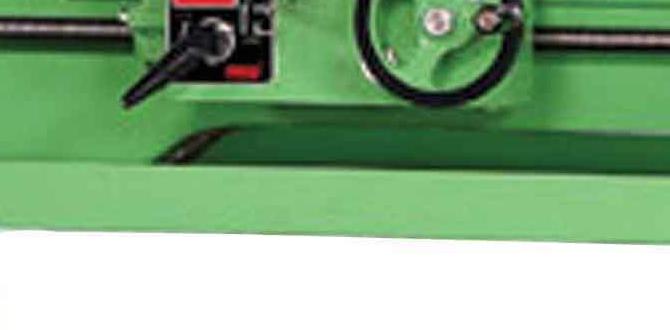Crafting Your Own Effortless Wood Lathe Duplicator
Wood lathe duplicator tool homemade DIY projects are a game-changer for woodworkers seeking precision and repeatability. For those who have ever found themselves meticulously trying to replicate a turning on their wood lathe, the concept of a duplicator can feel like a dream come true. Imagine turning multiple identical spindles, chair legs, or decorative elements with minimal effort and drastically improved consistency. Building your own wood lathe duplicator, while it might sound complex, can actually be a surprisingly straightforward and rewarding DIY endeavor. This article will guide you through the fundamental principles, essential components, and a general approach to constructing your own efficient and reliable wood lathe duplicator.
Understanding the Wood Lathe Duplicator Tool Concept
At its core, a wood lathe duplicator is a device that allows you to use a template or a “master” piece to guide your cutting tools. When you turn your workpiece on the lathe, the duplicator mechanism moves a follower along the contours of your template. This follower is linked to your cutting tool, dictating its depth and shape as it interacts with the spinning wood. Essentially, it transfers the form of your template to your workpiece, ensuring remarkable accuracy and reducing the need for constant visual judgment and manual adjustment. This is especially invaluable when producing multiple identical parts, eliminating the frustration of slight variations between each piece.
Key Components of a Homemade Wood Lathe Duplicator
Constructing a functional wood lathe duplicator requires a few key components. The exact design can vary significantly based on your chosen approach and available materials, but these are the fundamental elements you’ll need to consider:
The Template or Master: This is your reference piece. It can be a precisely turned existing spindle or a piece of wood you’ve carefully shaped to represent the desired form. The accuracy of your template directly translates to the accuracy of your duplicated pieces.
The Follower Mechanism: This is the part that traces the contours of your template. It’s typically a bearing, a roller, or a hardened steel pin. The follower needs to move smoothly and with minimal friction against the template.
The Tool Holder/Carriage: This component holds your cutting tool. It must be mounted in a way that allows its movement to be directly influenced by the follower. Often, this involves a system of rails or slides that the tool holder travels along.
The Linkage System: This is the crucial connection between the follower and the tool holder. As the follower moves in and out or up and down along the template, this system translates that movement to the cutting tool, causing it to engage with or retract from the workpiece.
The Mounting System: This ensures the entire duplicator mechanism is securely attached to your wood lathe bed. It needs to be robust enough to withstand the forces involved in woodturning and precise enough to maintain consistent alignment.
The Effortless Build: A General Approach to Your Wood Lathe Duplicator Tool Homemade DIY Project
While there are many design variations, a common and effective approach for a wood lathe duplicator tool homemade DIY project involves a relatively simple sliding carriage system. Here’s a breakdown of a possible build:
1. The Bed and Carriage: You’ll likely need to fabricate a sturdy bed or mounting plate that attaches firmly to your lathe’s bed. On this bed, create a sliding carriage. This can be achieved using linear rails, drawer slides, or even precisely milled wooden ways. The carriage needs to move smoothly along the length of your lathe bed.
2. The Tool Post and Swivel: Mount your tool post to this carriage. The ability for the tool post to pivot or swivel is often incorporated to allow the tool to follow the curve of the template more effectively. A degree of limited rotation can improve the quality of the duplicated turn.
3. The Template Mounting: Design a system to securely hold your template parallel to your workpiece. This could be a separate arm extending from the main mounting structure or integrated into the carriage system. Ensure the template is at a consistent distance from the tool.
4. The Follower and Linkage: This is where much of the ingenuity lies. A common method is to have a lever arm. The follower (e.g., a bearing) is positioned at one end of this lever, touching the template. The cutting tool is attached to the other end of the lever, or a parallel linkage system connects the follower’s movement to the tool. As the follower traces the template’s profile, the lever system moves the cutting tool in and out relative to the workpiece.
Considerations for Your Wood Lathe Duplicator Tool
Material Selection: Opt for sturdy materials for your mounting and carriage. Metal components like aluminum extrusion or steel are excellent choices for durability and precision. However, carefully cut and properly reinforced hardwood can also work for less demanding applications.
Smooth Operation: The entire mechanism must be exceptionally smooth. Any binding or play in the slides or linkages will translate to imperfections in your turned pieces. Consider using quality bearings or well-lubricated surfaces.
Adjustability: Design for adjustability. You’ll likely need to fine-tune the alignment, the pressure of the follower against the template, and the position of the cutting tool.
* Safety First: Always prioritize safety. Ensure your duplicator is securely mounted and won’t interfere with the normal operation of your lathe. Sharp tools and rotating machinery demand respect and careful handling.
The Rewards of a Homemade Wood Lathe Duplicator
Building your own wood lathe duplicator tool homemade DIY project offers significant advantages. It’s a cost-effective alternative to purchasing a commercial unit, allowing you to tailor the design to your specific needs and lathe. More importantly, it fosters a deeper understanding of the woodworking mechanics involved. The satisfaction of creating a tool that enhances your productivity and precision is immense. With careful planning and execution, you can create a reliable and “effortless-to-use” tool that will elevate your woodturning projects to a new level of consistency.





